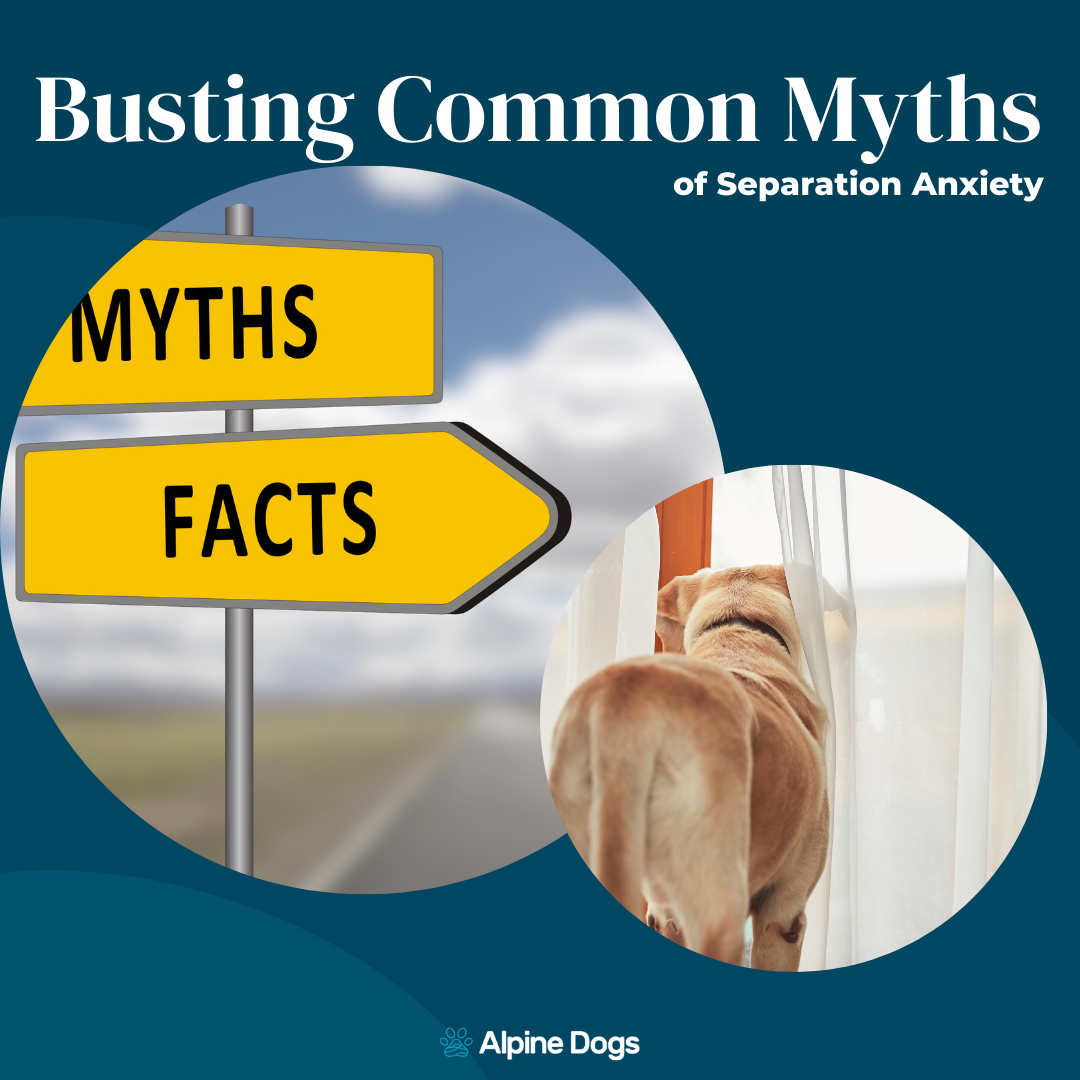Separation anxiety is one of the most challenging behavior issues dog owners face. While countless “quick fixes” flood the internet, the truth is that genuine progress takes patience, understanding, and tailored solutions. In this post, I’ll explore why common quick fixes often fail and outline the proven steps you can take to truly help your anxious dog.
Why Quick Fixes Often Fail
- Lack of Personalization
Every dog is unique. Generalized solutions, such as “ignore your dog before leaving” or “just get another pet,” overlook the individual needs and triggers of your dog. This one-size-fits-all approach may even worsen the problem. - Inconsistent Routine
Consistency is key to helping your dog feel safe. When owners attempt quick fixes, they often abandon strategies after a few days of no visible improvement. Dogs need time to adjust and feel secure. - Ignoring Underlying Health Issues
Separation anxiety can sometimes be exacerbated by pain, discomfort, or other health conditions. Addressing potential medical issues is essential before focusing solely on behavioral training.
What Really Works for Separation Anxiety
- Gradual Desensitization Training
Desensitization involves slowly and gradually building your dog’s tolerance to being alone. We start with what the dog can do right now comfortably. And we build from there. - Suspending Absences
In order to modify any behaviour, we have to first prevent it from getting worse. We can’t teach your dog that being alone is safe if we keep putting them in situations that feel unsafe. They don’t just “get over it” with enough exposure; that’s unfortunately not how treating a panic disorder works. - Professional Guidance
That’s where I come in. I work exclusively with this panic disorder and am passionate about our ability to help these dogs. Separation anxiety is complex, and by having a professional to guide the process, you’ll no longer be in doubt about how to help your dog. You’ll feel confident knowing that we have a plan and a way forward.
Conclusion
Overcoming separation anxiety in dogs requires understanding, dedication, and time. Quick fixes may be appealing, but they often fail to address the underlying problem. With a customized approach and professional support, your dog can learn to feel more secure and at ease when left alone.
Want to learn how my program can help? Book a FREE Discovery call today!
About the Author
Saundra Clow is a multi-certified separation anxiety trainer who serves clients internationally online. She has years of experience working with dogs of all types and breeds and is passionate about helping dogs feel comfortable at home alone.
